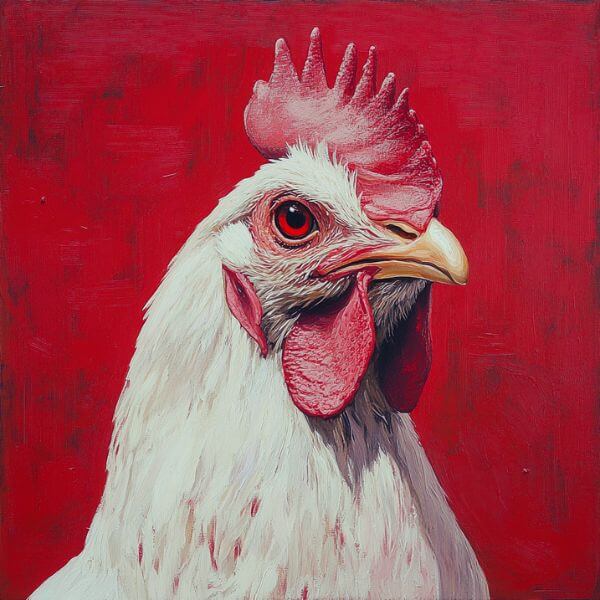Yes, chameleons can eat grapes, but only as an occasional treat.
Think of grapes like candy for chameleons – yummy, but not something they should have every day.
| Grape feeding frequency | Recommendation |
| Daily | Not recommended |
| Weekly | 1-2 small pieces |
| Monthly | A few small grapes |
Remember, moderation is key! Too many grapes can cause problems for your chameleon buddy.
Nutritional value of grapes for chameleons
Grapes aren’t all bad news for chameleons. They do have some good stuff in them:
- Vitamins: A, C, and K
- Minerals: Potassium and calcium
- Water content: High, which helps with hydration
But here’s the catch – grapes are also high in sugar. Let’s compare grapes to some other fruits chameleons might eat:
| Fruit | Sugar content (per 100g) | Water content |
| Grapes | 16g | 81% |
| Blueberries | 10g | 84% |
| Papaya | 8g | 88% |
As you can see, grapes pack quite a sugar punch!
Risks and concerns of feeding grapes to chameleons
Now, let’s talk about the not-so-great stuff about grapes for chameleons:
- Choking hazards: Grapes can be a bit big for some chameleons. It’s like trying to eat a whole apple in one bite!
- Sugar overload: Too much sugar can lead to obesity and other health issues. Chameleons aren’t built for processing lots of sugar.
- Pesticides: Grapes from the store often have pesticides on them, which can be harmful to your little friend.
- Oxalic acid: Grapes contain this stuff, which can mess with calcium absorption. For chameleons, calcium is super important for strong bones.
How to safely feed grapes to chameleons
If you decide to give your chameleon a grape treat, here’s how to do it safely:
- Wash the grapes really well to get rid of any pesticides.
- Cut the grape into tiny pieces – think chameleon-sized bites!
- Remove any seeds if you’re using seeded grapes.
- Offer just one or two small pieces at a time.
Remember, seedless grapes are easier to prepare and safer for your chameleon. But both types can be okay if prepared properly.
Alternative fruits for chameleons
Grapes aren’t the only fruit in town! Here are some other options your chameleon might enjoy:
| Fruit | Benefits | Serving size |
| Blueberries | Lower in sugar, high in antioxidants | 1-2 small berries |
| Papaya | Rich in vitamins A and C | Small cube, about 1/4 inch |
| Mango | Good source of vitamin A | Tiny sliver, about 1/4 inch long |
These fruits can add variety to your chameleon’s diet, but remember – fruits should only make up a small part of what they eat.
Maintaining a balanced chameleon diet
Feeding a chameleon is like solving a puzzle – you need all the right pieces to make the picture complete.
Here’s what a balanced chameleon diet looks like:
- Insects: This should be the main part of their diet. Crickets, roaches, and worms are all good options.
- Leafy greens: Things like collard greens and mustard greens are great for chameleons.
- Fruits: Only as occasional treats, including those grapes we talked about.
- Supplements: Calcium and vitamin D3 are important for chameleons.
Pro tip: “Gut-loading” is when you feed nutritious foods to the insects before giving them to your chameleon. It’s like making a healthy sandwich for your chameleon!
FAQs about chameleons and grapes
How often can chameleons eat grapes?
At most, once a week. But once or twice a month is even better.
Can baby chameleons eat grapes?
It’s best to wait until they’re adults. Baby chameleons need different nutrients to grow big and strong.
Are green or red grapes better for chameleons?
Both are okay, but green grapes usually have a bit less sugar.
What should I do if my chameleon eats too many grapes?
Keep an eye on them and make sure they have plenty of water. If they seem sick, talk to a vet.
Can chameleons eat raisins?
Nope! Raisins are way too sugary and could make your chameleon sick.
Conclusion
So, can chameleons eat grapes? Yes, but it’s all about moderation.
Grapes can be a yummy treat for your colorful friend, but they shouldn’t be an everyday snack.
Remember to focus on a diet rich in insects and leafy greens, with fruits like grapes as an occasional treat.
Every chameleon is unique, so what works for one might not work for another.
When in doubt, always chat with a vet who knows about reptiles.
They can give you the best advice for your specific chameleon buddy.
Happy feeding, chameleon friends!







Leave a Reply